I am using TURBO Assembler with Dos-Box in a 64-bit system. It is working fine and compiling the programs as usual but whenever I try to use Turbo Debugger, it crashes.
I was thinking if there's any way I can use GDB debugger for debugging purposes. I'm using 64-bit Linux system.
Apart from that is there any way I can use the Turbo assembler directly with the command line? I am fed up of using Dos-Box continuously and whenever I try to use the assembler directly, it shows me this error:
